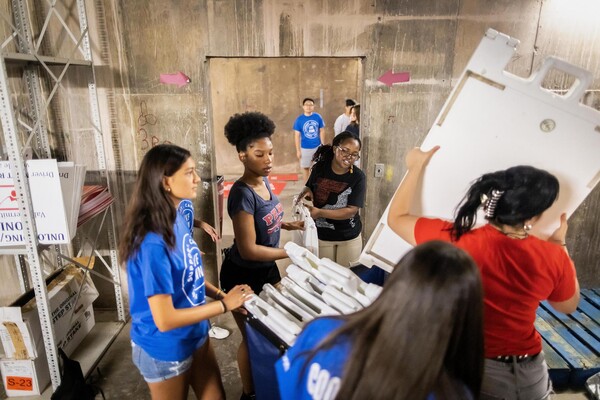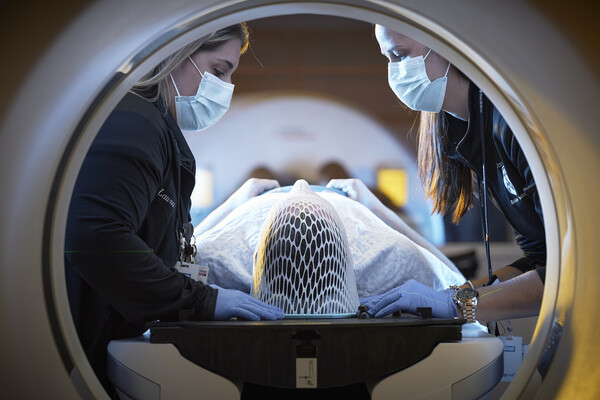New Production Technique May Let Scientists Fine-Tune Strength and Conductivity of Nanotube-Laced Materials
PHILADELPHIA -- Materials fortified with carbon nanotubes are strongest when the embedded filaments run parallel to each other, but electronic and thermal conductivity are best when the nanotubes are oriented randomly. That the finding from a team of engineers at the University of Pennsylvania who have developed a production technique that permits a finer and more precise dispersion of nanotubes within a material.
The results, which could give scientists the tools to customize nano-tube-laced materials to meet their particular needs, are reported online this week and in the Dec. 15 print edition of the Journal of Polymer Science Part B: Polymer Physics. Less than one-ten-thousandth the width of a human hair, carbon nanotubes possess unparalleled strength, superior heat-conducting properties and a unique ability to adopt the electrical properties of either semiconductors or metals, but so far they have failed to back up this theoretical potential with real-world applications.
"A major hurdle that has prevented us from mixing nanotubes into materials to take advantage of these remarkable properties is their stubborn tendency to bundle together," said Karen I. Winey, associate professor of materials science and engineering at Penn. "Uniform dispersion of nanotubes in materials is absolutely critical to harnessing their strength, electrical conductivity and thermal stability."
Winey and her colleagues used a technique called coagulation to mix single-walled carbon nanotubes evenly into a plastic, or polymer, called poly(methyl methylacrylate). In this method, nanotubes and PMMA are first mixed into a solvent, creating a fine suspension, and then plunged into dis-tilled water. The PMMA rapidly precipitates out of this mixture, dragging the nanotubes with it and preventing them from clumping.
After filtration and drying, this nanotube/PMMA compound showed strength and conductivity gains over ordinary PMMA. Furthermore, the composites demonstrated improved thermal stability relative to PMMA, indi-cating promise as a fire-retardant additive. When Winey group compared samples more closely, however, they noticed how greatly the material prop-erties varied with the alignment of the miniature strands of carbon.
"At low concentrations the electrical conductivity of these nanocompo-sites was roughly 100,000 times better when the nanotubes were unaligned than when the nanotubes were well aligned," Winey said. Their process for aligning nanotubes in composites was reported previously.
Other researchers have observed dramatic strength and conductivity improvements in nanotube-laced polymers but typically with the addition of larger quantities of nanotubes than the 2 percent in many of the compounds Winey studied. Because nanotubes are expensive, achieving comparable properties simply by tweaking the alignment of a much smaller number of nanotubes is a significant accomplishment.
"While alignment is an asset for some mechanical properties, alignment is clearly a detriment for electrical properties," Winey said, "here adding more of the expensive nanotubes is not nearly as cost-effective as producing a random orientation of nanotubes in a composite."
Winey was joined in the research by Fangming Du and John E. Fischer of Penn departments of Chemical and Biomolecular Engineering and Materials Science and Engineering, respectively. Their work was supported by the Office of Naval Research.
Penn is seeking corporate partners and investors to commercialize this technology. Additional information is available by contacting David Ruggieri at 215-990-7238.







